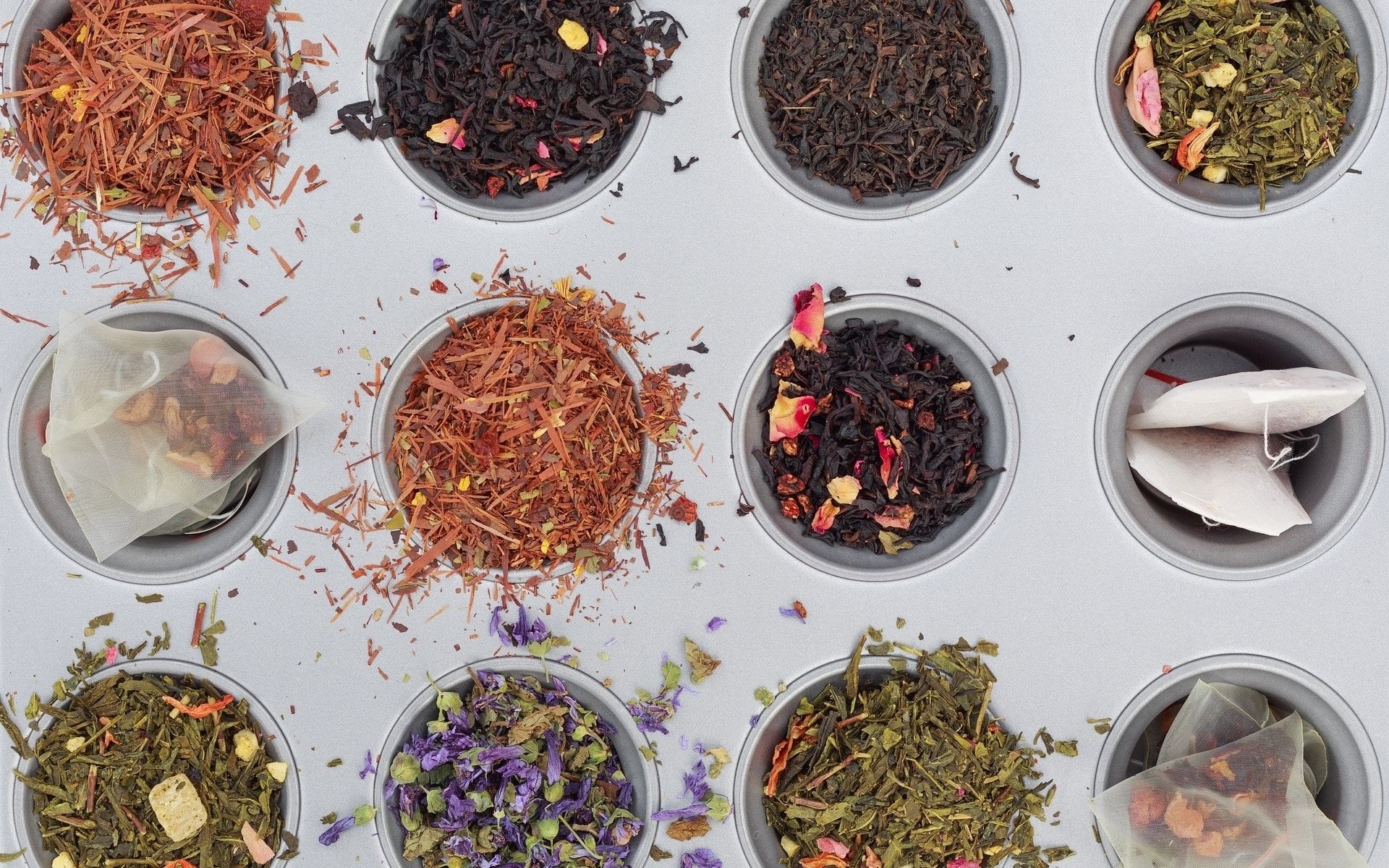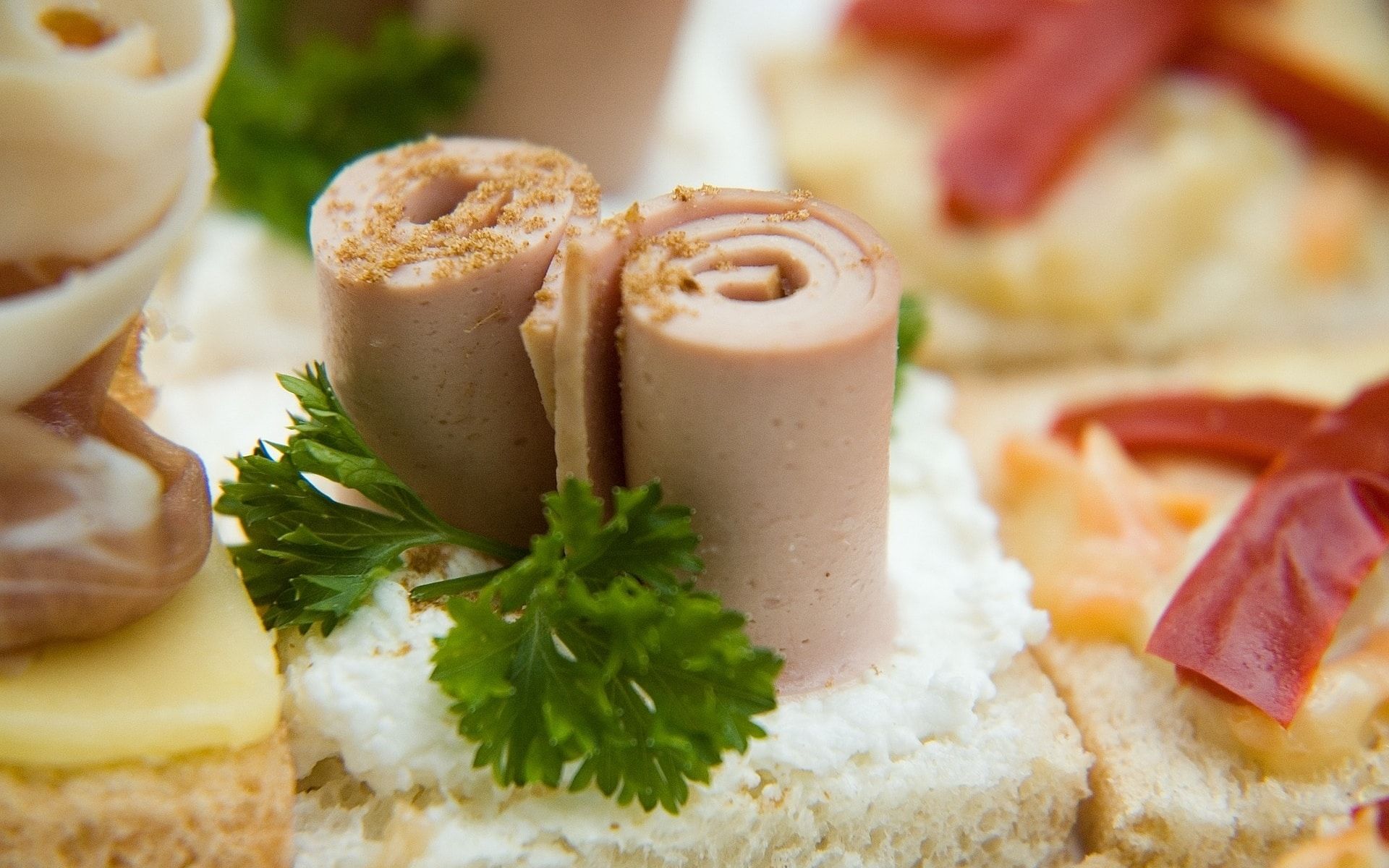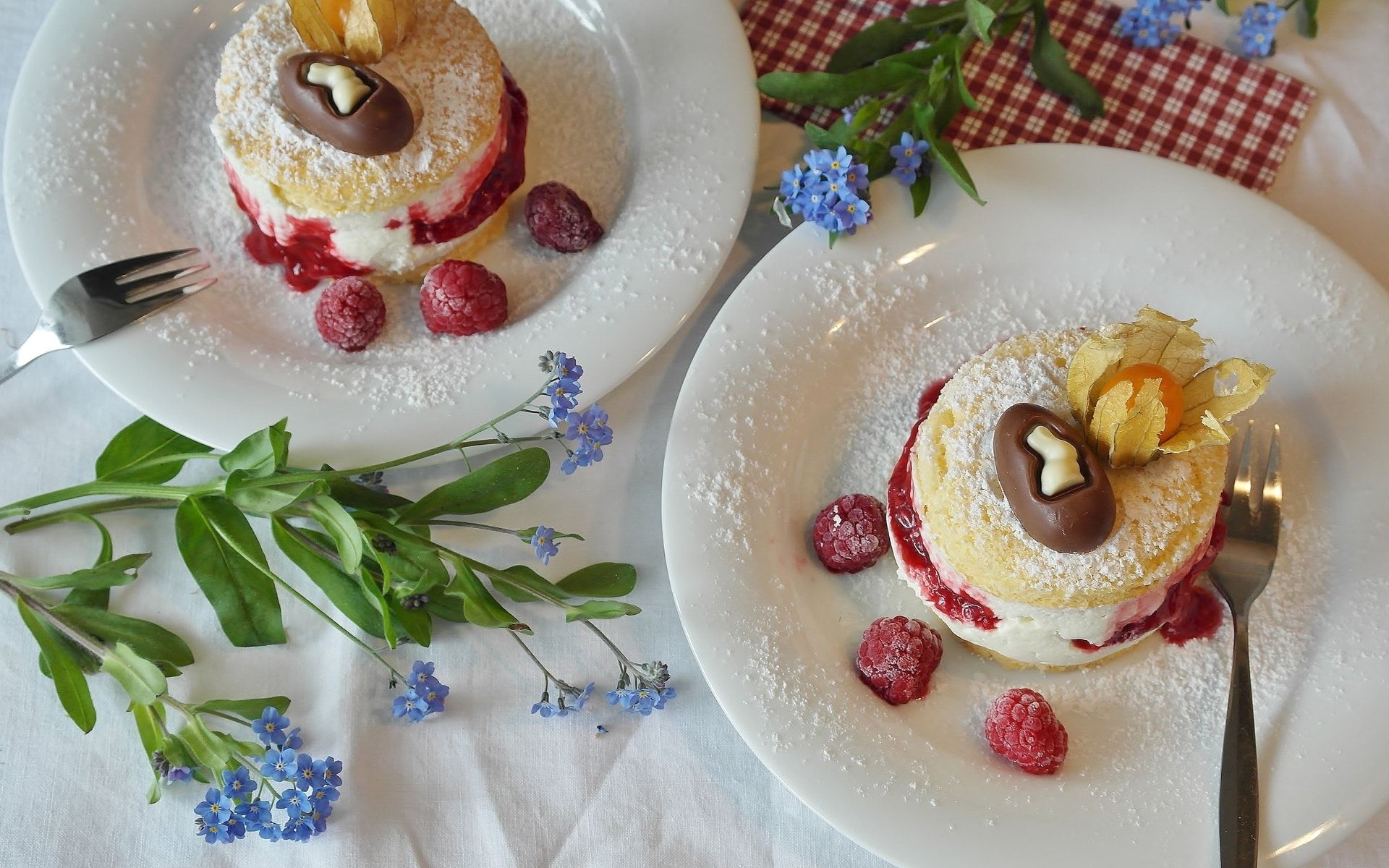Should you start with savouries or scones? Follow these etiquette tips at your next high tea outing
In the early 1800s, tea was in demand, pricy, and certainly a luxury. It is said that during this time Anna, the seventh Duchess of Bedford created the tradition of afternoon tea. She needed something to tide her over from breakfast – as one did not usually have lunch in those days – so she would ask her staff to prepare a light mid-afternoon snack, sometimes inviting her girlfriends to join. This became a popular social activity, as many ladies probably also had that hungry sinking feeling mid-afternoon.
See also: The Ultimate Guide To Afternoon Tea In Kuala Lumpur In 2021
If you are preparing an afternoon tea or going for one in town soon, there are a few tips to keep in mind that demonstrate superb hosting and the utmost consideration for your guests:
1. Provide a loose-leaf tea rather than tea bags

Your guests deserve more than just tea bags, which are usually filled with the mashed bits of leaves at the bottom of the barrel. Loose-leaf tea ensures better quality and better taste. Tea should be black – an early grey or orange pekoe – but have herbal tea on hand for guests who prefer it.
Related: 9 Whimsical Decor for a Stylish Afternoon Tea Session at Home





